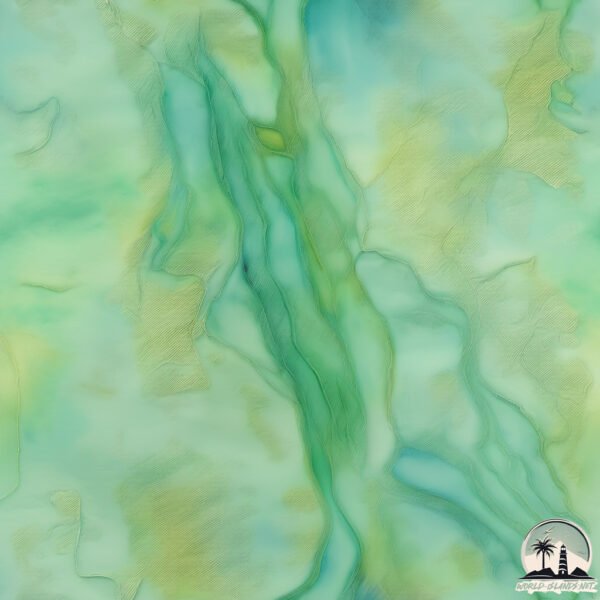Welcome to Isla Rica , a Temperate island in the Rio de La Plata, part of the majestic Atlantic Ocean. This guide offers a comprehensive overview of what makes Isla Rica unique – from its geography and climate to its population, infrastructure, and beyond. Dive into the details:
Geography and size of Isla Rica
Size: 12.3 km²Coastline: 29.7 kmOcean: Atlantic OceanSea: Rio de La PlataContinent: South America
Isla Rica is a Medium Island spanning 12 km² with a coastline of 30 km.
Archipel: –
Tectonic Plate: South America – A major plate covering the South American continent and part of the Atlantic Ocean, known for the Andes mountain range and significant seismic and volcanic activity.
The geographic heart of the island is pinpointed at these coordinates:
Climate and weather of Isla Rica
Climate Zone: TemperateClimate Details: Humid Subtropical ClimateTemperature: Hot Summer
Climate Characteristics: With continuous rainfall and hot summers, this climate is common in some coastal regions, supporting diverse vegetation.
Topography and nature of Isla Rica
Timezone: UTC-03:00Timezone places: America/Sao_PauloMax. Elevation: 3 m Mean Elevation: 2 mVegetation: WetlandTree Coverage: 68%
The mean elevation is 2 m. The highest elevation on the island reaches approximately 3 meters above sea level. The island is characterized by Plains: Flat, low-lying lands characterized by a maximum elevation of up to 200 meters. On islands, plains are typically coastal lowlands or central flat areas.
Dominating Vegetation: Wetland
Vegetation: 5 vegetation zones – Highly Diverse Island
Infrastructure and Travelling to Isla Rica
Does the island have a public airport? no .
Does the island have a major port? no .
The mean population of Isla Rica is 22 per km². Isla Rica is Gently Populated. The island belongs to Argentina .
Continuing your journey, del Burro is the next notable island, situated merely km away.
Cocos Island, Costa Rica: The MOST Beautiful Island in the WORLD!
Our expedition to Cocos Island National Park wasn't a typical tourist trip. We joined a 11 day research-focused liveaboard with ...
Cocos Island, Costa Rica: The MOST Beautiful Island in the WORLD!
Our expedition to Cocos Island National Park wasn't a typical tourist ...
Our expedition to Cocos Island National Park wasn't a typical tourist trip. We joined a 11 day research-focused liveaboard with ...
Isla Tortuga (Tortuga Island) Costa Rica! Is It A Rip Off Tourist Trap?
Come stay with us at Sea Casa in Samara, your most comfortable and ...
Isla Tortuga, Costa Rica's Tropical Paradise Island!
Isla Tortuga is one of the top most due when you come to Costa Rica, ...
Isla Tortuga is one of the top most due when you come to Costa Rica, you can come to this tropical paradise and due snorkeling, ...
Argentina is classified as Emerging region: G20: Group of Twenty – Major economies comprising both developed and emerging countries, representing the world’s largest economies. The level of income is Upper middle income.
News – Latest Updates and Headlines from Isla Rica
Stay informed with the most recent news and important headlines from Isla Rica. Here’s a roundup of the latest developments.
Loading...
Please note: The data used here has been primarily extracted from satellite readings. Deviations from exact values may occur, particularly regarding the height of elevations and population density. Land area and coastline measurements refer to average values at mean high tide.

